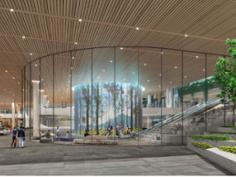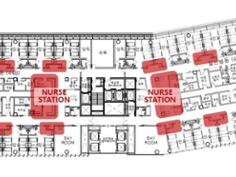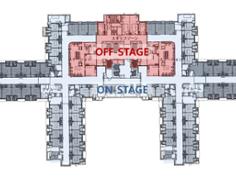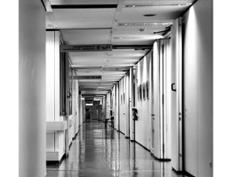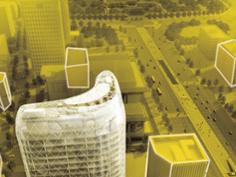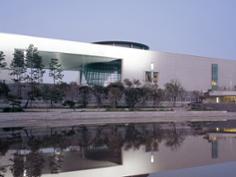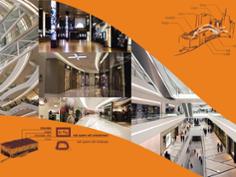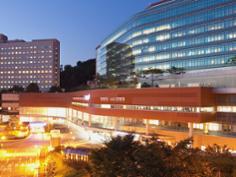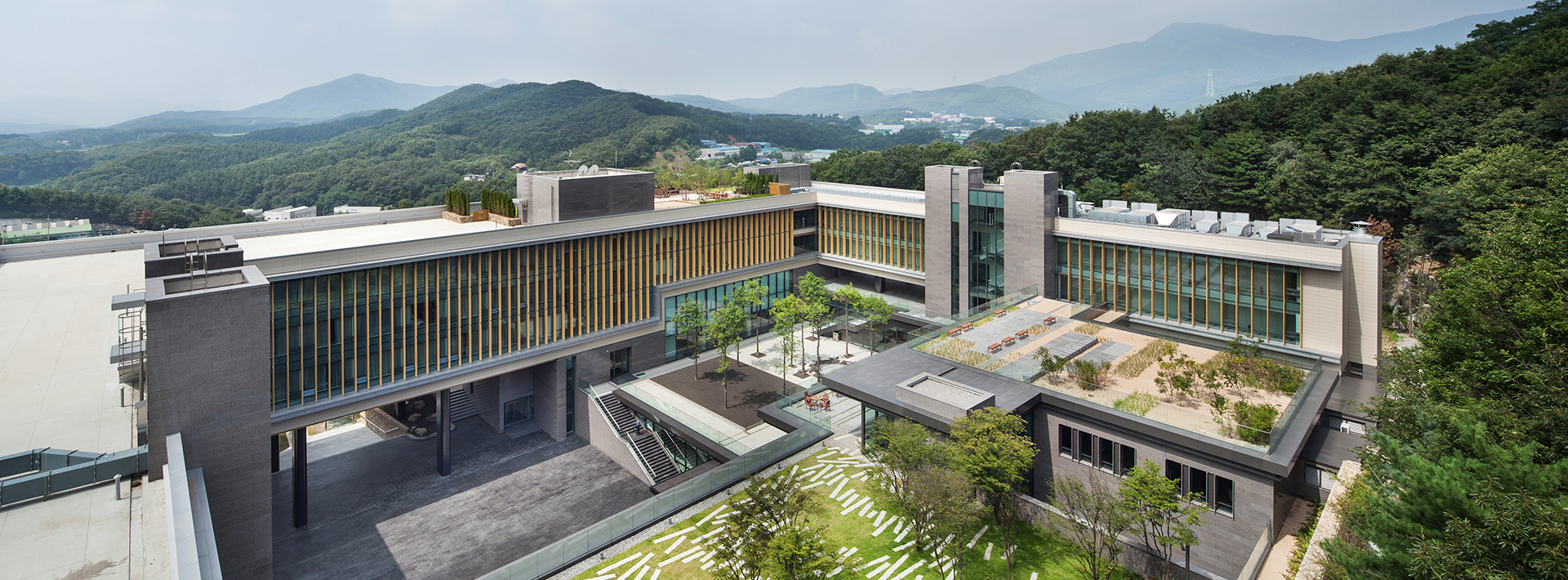
An Introduction of Junglim Architecture’s Best 7
In 2015 and 2016, Junglim Architecture selected the firm’s Best 7 works.
The Best 7 is a selection of the top seven projects, chosen through discussions with our design partners. The selection criteria were based on the company’s core values: Human, Trust, Teamwork, Excellence and Sustainability. This article aims to provide readers with a glimpse of Junglim Architecture’s design tendencies and processes.
Junglim Architecture celebrates its 50th anniversary this year. As Korea’s leading design firm, Junglim Architecture’s key philosophy of creating "sound architecture" is based on universal reason. We refrain from up-in-the-clouds sensibility and respect rationality. As all creative work includes an avant-garde as well as an arrière-garde, we modestly believe that Junglim Architecture is a mature arrière-garde. Interestingly, the 2016 Best 7 are mostly abstract rather than figurative. They all seem to focus on efficient and practical values, such as structure, materials, detail and spatial experience. These projects show a will to pursue abstract pureness and cohere to their original purpose, which is not all that different from the values of Modernism. We will first review some projects of Junglim Architecture, followed by an exploration of their modernistic features.

The most striking features of the New Daeyang Luke Hospital are the master plan’s method of organization, the utilization of slopes, and the use of locally produced materials. Considering the existing building and its potential expansion, the big picture of the master plan was drawn on an orthogonal grid. The buildings were placed on this grid while preserving the topography of the slopes and keeping the skyline of the buildings ordered. An architectural promenade is created on the ground with level changes occurring in the courtyards surrounded by the mass. Pilotis link the courtyards and the buildings as white objects. The pilotis space links the courtyards, and the buildings are bright white. One can see that the building reflects Le Corbusier’s principles of modern architecture. During the selection discussions, the localness of Malawi was brought up. The Congo National Museum, which was selected as part of the previous year’s Best 7, contrasts with the New Daeyang Luke Hospital in that it used sloped roofs and traditional patterns inspired by the format of the local traditional architecture.

Hyundai Marine & Fire Insurance Hivision Center is a project that applies modernistic principles tailored to Korea. The relationship between the building and nature formed on a typical sloped site is extremely rational. The strong horizon line created by the upper levels of the building binds the interchanging layers of nature and controls the balance between the building and nature. If the Villa Savoye can be seen as one object that stands out with a large garden as its background, then the Hyundai Marine & Fire Insurance Hivision Center animates architecture by means of a courtyard and garden.
The Shinyoung Securities Office Remodeling project and Changwon Hanmaeum Medical Center project both propose a viable solution for improving the fundamental functions and efficiency of the buildings. The Shinyoung Securities Office used dark stone materials for the exterior finish for the facade design, exhibiting graceful architectural aesthetics by appearing stable and having sophisticated details. The Hanmaeum Medical Center presents a Bauhaus style composition displaying the characteristics of each annex building and the internal functions with windows of various sizes.
However, as we already know, "modernism" in architectural terms refers to a specific period of time, in addition to the dictionary definition of the word as meaning "contemporary." There is a possibility that the tern "modernism" could be misunderstood as being stuck in a particular paradigm of the past. Yet, the Best 7 display two distinct features which differentiate them from the classical language of modernism.

The first is a sense of place. Le Corbusier described architecture as a machine for living (machine a habiter). A machine that coheres to efficiency and logic should not be bound to a location. It must be able to function efficiently anywhere. This is also the logic of Internationalism. However, the Best 7 all take a sense of place and the site context very seriously. Despite possessing a very exclusive characteristic as a finance office, the Second Headquarters of Daegu Bank has four pathways which allow interaction with the building’s neighbors and has become a place with strong ties to the community. The design objective of the Hyundai Marine & Fire Insurance Hivision Center was also “to stay away from exaggerated forms and lavish interior decoration, and to become a place that harmonizes with the surrounding environment.” The Wirye New City I-Park 1 Residential and Commercial Complex has also designated the contribution to publicness through invigorating the community as a significant task.
The second feature is innovation. Attempting something new in a large-scale building with massive amount of capital infusion is almost impossible without a sincere sense of responsibility and confidence. The Second Headquarters of DGB was covered mainly with Okatech insulating glass. The smooth mass of the upper structure sharply contrasts with the black lower portion, creating an aesthetic effect of being absorbed into the atmosphere and a functional effect of preventing visual interference with the surrounding building units. The white concrete of the Lee Ungno Museum and the white U glass of the National Museum of Korean Contemporary History seem to signify the evolution of "white modernism" through new materials.

Up until now, we have explored the modernistic characteristics and distinct traits of the Best 7. On one hand, Starfield Hanam is a design that tells a story with motifs of figurative elements such as the mountains, rivers and pebbles. This is a different approach from modernistic ideals which seek universal reason and rational practicality. This approach is also popular. Starfield Hanam was able to break the record as the largest shopping mall in Korea in terms of size and ceiling area through meticulous analyses of customer movement and spending patterns. They are all devices to secure popular appeal. The architect mustered his abilities to promote popular appeal. Despite the prejudice of being superficial and popular—which is what has hindered commercial facilities from being recognized as works of art—Starfield Hanam was chosen as the best project of the year mainly due to its completeness equipped with popular and artistic appeals. But what is more meaningful is that this decision revealed that there was a consensus on the potential and necessity of the various design experimentation and challenges undertaken by Junglim Architecture.
Historically, there were many attempts to overthrow the rational, enlightened, dichotomist reason of modernism, because modernism generally tended to maintain a strong rhetoric of universality rather than respect originality. David Watkin criticized the ethical and mechanic populism embedded in some of the theories of Le Corbusier and Sigfried Giedion, and Collin Rowe distance himself from the potential mannerism of modern architecture.
Reigniting the long feud between modernism and post-modernism is not to judge which is right or wrong. Universal common sense could be exclusive and settling on something familiar could render culture static. For the contemporary meaning of modernism to be animated and expanded, various creative efforts must be taken, and, as Anthony Vidler said, we need to pursue modernity through persistent planning, re-evaluation of norms and innovation based on experimentation and internal investigation.
As an architecture firm that hopes for a world where people get along and observes corporate social responsibility, Junglim Architecture believes it can broaden its scope of creation with tradition and avant-gardism, objectivity and subjectivity, and various perspectives towards the world.
Reconstructed Excerpts from Hyunchurl Ki, "An Introduction of Junglim Architecture's Best 7," Junglim Architecture Works 2017
